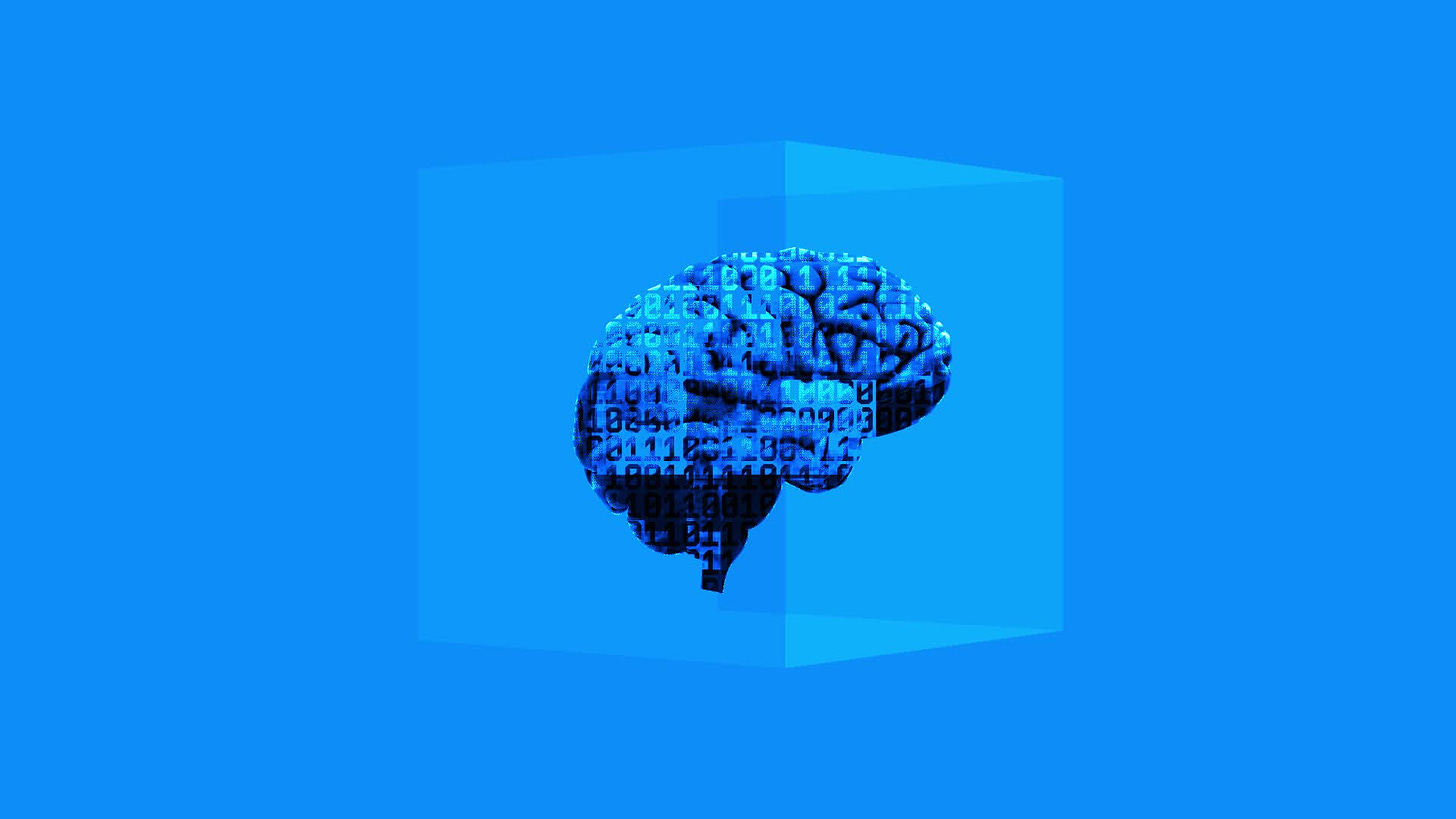What is Meta's New AI Supercomputer?
Social media conglomerate Meta is getting serious about AI.
In June last year Tesla unveiled it AI supercomputer. At the time it was the (5th most powerful in the world) to train self-driving AI. It is being used to train the neural nets powering Tesla’s Autopilot and upcoming self-driving AI called Dojo supercomputer.
Six months later not to be undone Meta has a similar plan. So why are BigTech companies workin…
Keep reading with a 7-day free trial
Subscribe to AI Supremacy to keep reading this post and get 7 days of free access to the full post archives.



